10 Smokin’ Secrets About Mexican Hot Chili Peppers You Need to Know!
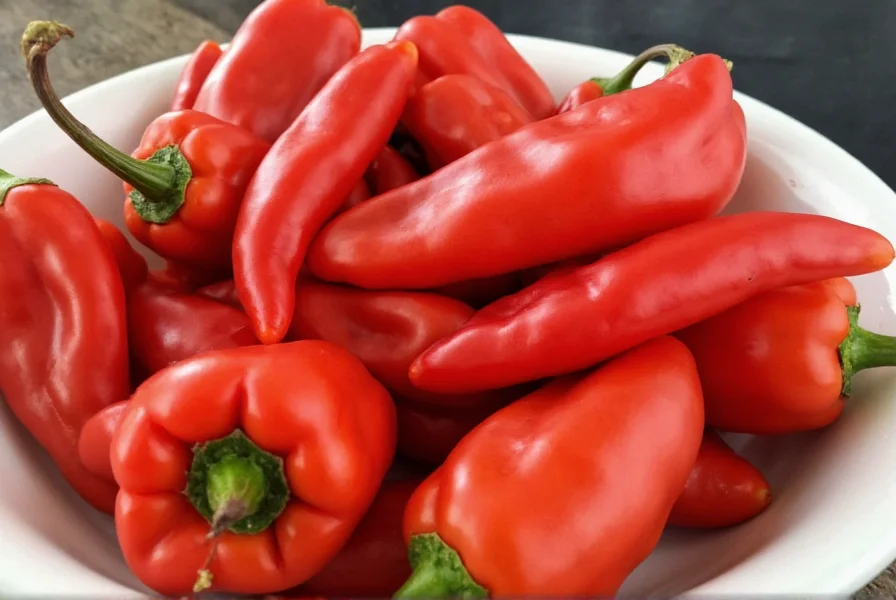
Table of Contents
- Introduction: The Heat Behind Mexican Cuisine
- Types of Mexican Hot Chili Peppers
- Spice Levels & Scoville Scale
- Cooking Tips with Mexican Chilies
- Buying Guide: How to Choose the Best Mexican Chili Peppers
- Health Benefits of Spicy Food
- Conclusion: Spice Up Your Life with Mexican Heat
Introduction: The Heat Behind Mexican Cuisine
Mexican hot chili peppers are more than just a way to make your mouth tingle — they’re the heart and soul of Mexico’s bold, flavorful cuisine. From smoky pasillas to fiery habaneros, these chilies bring complexity, depth, and a serious kick to traditional dishes like mole, tacos al pastor, and salsas.
In this article, we’ll uncover 10 smokin’ secrets about Mexican hot chili peppers that will turn you from a curious cook into a spice-savvy connoisseur. Whether you're grilling, roasting, or making sauces, understanding the different types and how to use them is key to mastering authentic Mexican flavor.
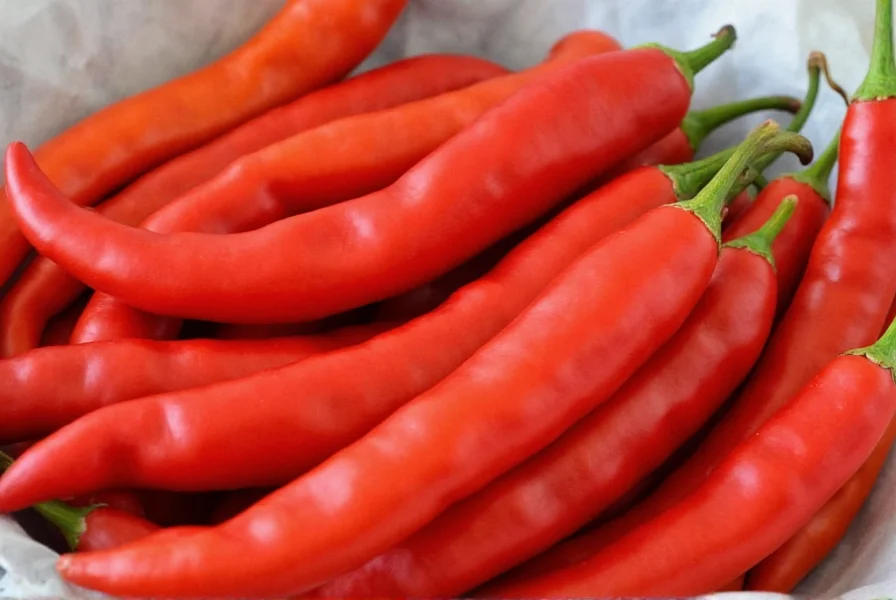
Types of Mexican Hot Chili Peppers
Mexico is home to over 150 varieties of chili peppers, each with its own unique heat level, flavor profile, and culinary purpose. Here are some of the most popular Mexican hot chili peppers you should know:
- Jalapeño: Medium-heat pepper commonly used in salsas, nachos, and stuffed peppers.
- Serrano: Slightly hotter than jalapeños, often used in pico de gallo and sauces.
- Habanero: One of the hottest peppers, known for its fruity undertone and floral aroma.
- Guajillo: Mild to medium-hot with a sweet, tangy flavor; frequently used in red sauces.
- Pasilla: Also called chilaca, it has a deep, earthy flavor and is often used in moles.
- Ancho: Dried poblano pepper with a mild heat and rich, raisiny flavor.
- Chipotle: A smoked, dried jalapeño with a deep, smoky heat.
- Arbol: Small but potent, arbol peppers pack a punch and are often toasted and ground into sauces.
| Pepper | Scoville Units | Flavor Profile | Best Use |
|---|---|---|---|
| Jalapeño | 2,500–8,000 SHU | Grassy, crisp | Salsas, pickling, stuffing |
| Serrano | 10,000–23,000 SHU | Sharp, fresh | Raw in salsas, garnishes |
| Habanero | 100,000–350,000 SHU | Fruity, floral | Sauces, marinades, hot sauces |
| Guajillo | 2,500–5,000 SHU | Earthy, berry-like | Rubbed into meats, sauces |
| Pasilla | 1,000–2,500 SHU | Dried fig, coffee notes | Mole sauces, soups |
| Ancho | 1,000–2,000 SHU | Sweet, prune-like | Moles, rellenos, stews |
| Chipotle | 5,000–10,000 SHU | Smoky, meaty | Meat rubs, adobo sauce |
| Arbol | 15,000–65,000 SHU | Sharp, nutty | Red sauces, garnish, oil infusions |
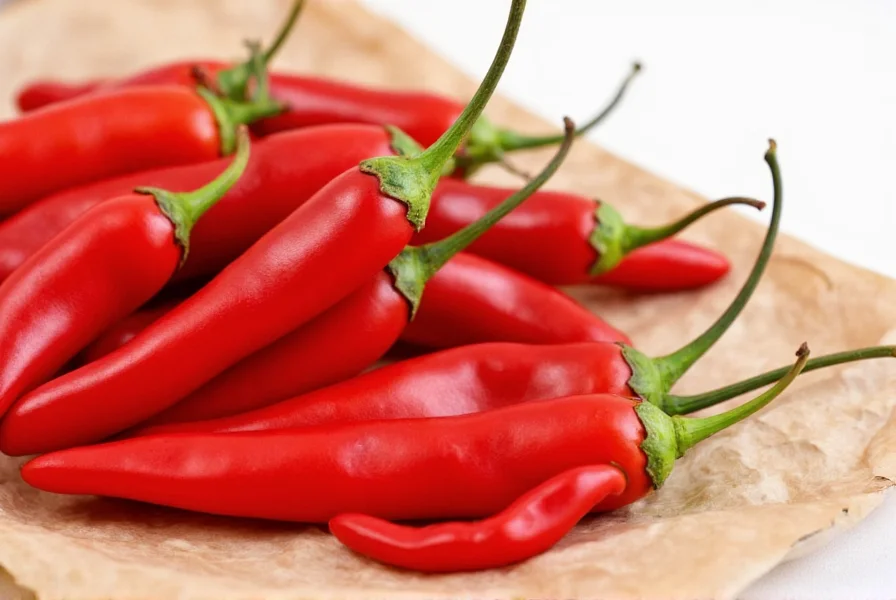
Spice Levels & Scoville Scale
If you’ve ever wondered why one chili makes you sweat while another barely raises a tear, it's all about the Scoville scale. Developed by Wilbur Scoville in 1912, this scale measures the capsaicin content (the compound responsible for heat) in peppers.
Here’s a breakdown of where popular Mexican hot chili peppers fall on the scale:
- Mild (Under 5,000 SHU): Ancho, Pasilla, Guajillo
- Medium (5,000–50,000 SHU): Jalapeño, Serrano, Chipotle
- Hot (50,000–100,000 SHU): Arbol
- Very Hot (Over 100,000 SHU): Habanero, Ghost Pepper (not traditionally Mexican but sometimes used)
Tips for Handling Super-Hot Chilies:
- Wear gloves when chopping
- Avoid touching eyes or face after handling
- Use a fan or open window to disperse capsaicin fumes
- Keep dairy products nearby to cool down your mouth
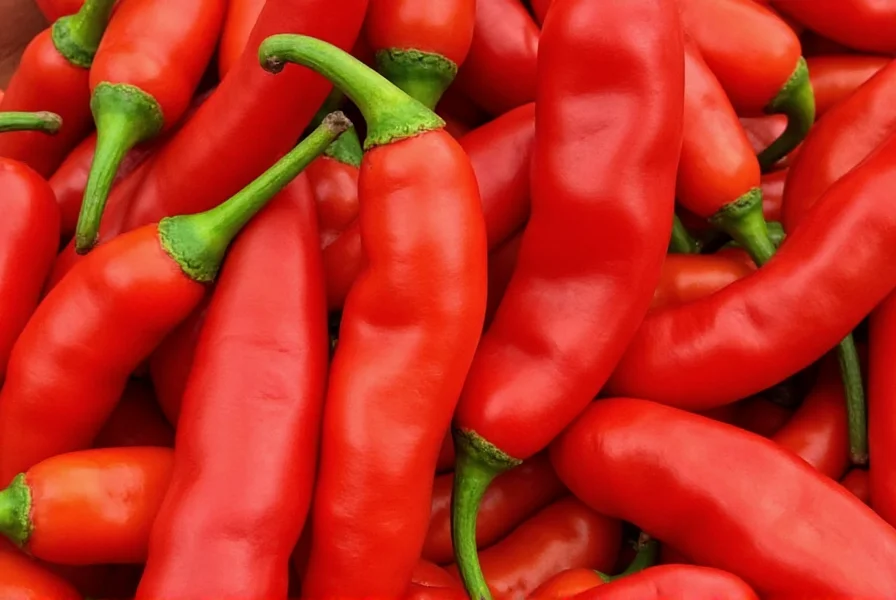
Cooking Tips with Mexican Chilies
Cooking with Mexican hot chili peppers isn’t just about heat — it’s about unlocking flavor. Here are some pro tips to get the most out of every pepper:
- Toasting: Dry roast chilies in a pan or under a broiler until fragrant and slightly blistered. This brings out their natural oils and enhances depth of flavor.
- Rehydrating: Soak dried peppers in hot water for 20–30 minutes before using in sauces or moles. This softens them and helps release complex flavors.
- Blending: For smooth sauces, blend soaked peppers with garlic, onions, vinegar, or lime juice. Strain if needed for silky texture.
- Pairing: Balance spicy with sweet (like mango), acidic (lime), or creamy (avocado or crema) for the ultimate flavor combo.
- Infusing: Make chili-infused oils or vinegars by gently heating chopped chilies in oil or vinegar. Store in a dark place for up to a month.
- Roasting: Roast fresh peppers (like jalapeños or poblanos) directly over flame or under the broiler for smoky, charred flavor.
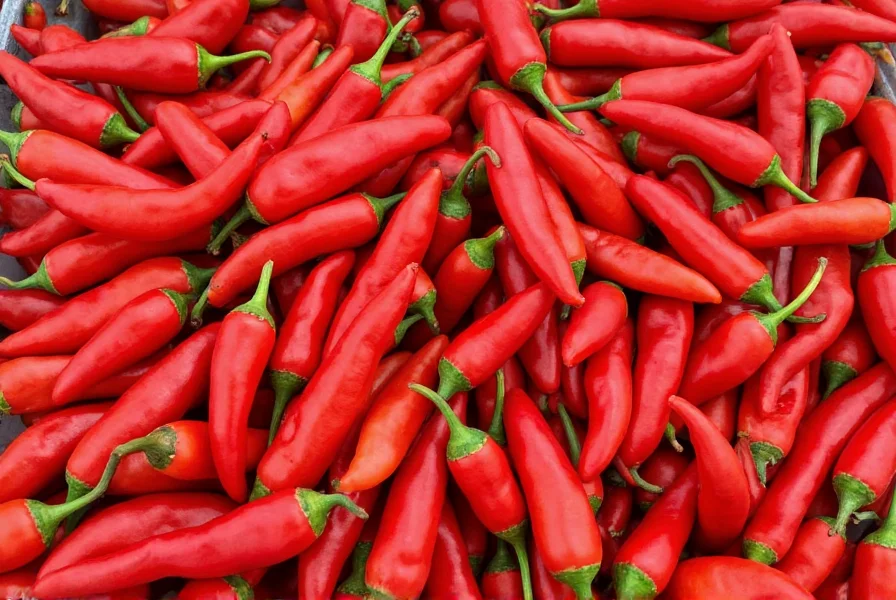
Buying Guide: How to Choose the Best Mexican Chili Peppers
Whether you’re shopping at a local mercado or browsing an online spice shop, knowing what to look for can make all the difference. Here’s a quick guide to selecting the best Mexican hot chili peppers:
Fresh Peppers
- Color: Vibrant green, red, orange, or yellow — avoid dull or discolored skins
- Texture: Firm and shiny, not wrinkled or soft
- Size: Uniform size ensures even cooking
- Heat Level: Red jalapeños are spicier than green ones; serranos increase in heat as they ripen
- Storage: Refrigerate fresh chilies in a paper bag inside a plastic bag for up to two weeks
Dried Peppers
- Appearance: Avoid overly brittle or cracked chilies
- Aroma: Should smell rich and fragrant — no musty odors
- Origin: Look for labels indicating region of origin (e.g., Oaxaca, Yucatán) for authenticity
- Usage: Perfect for moles, sauces, and long-cooked dishes
- Storage: Keep in airtight containers in a cool, dark place for up to a year
Top Products for Using Mexican Chilies
- Mortar and Pestle: Ideal for grinding roasted seeds and spices into pastes.
- Cast Iron Skillet: Excellent for dry-roasting peppers without burning.
- High-Speed Blender: Essential for smooth sauces like adobo or pipian.
- Chili Oil Kit: Comes with infused oil, seeds, and recipe cards for DIY projects.
- Spice Grinder: Keeps powdered chili fresh and prevents cross-contamination.
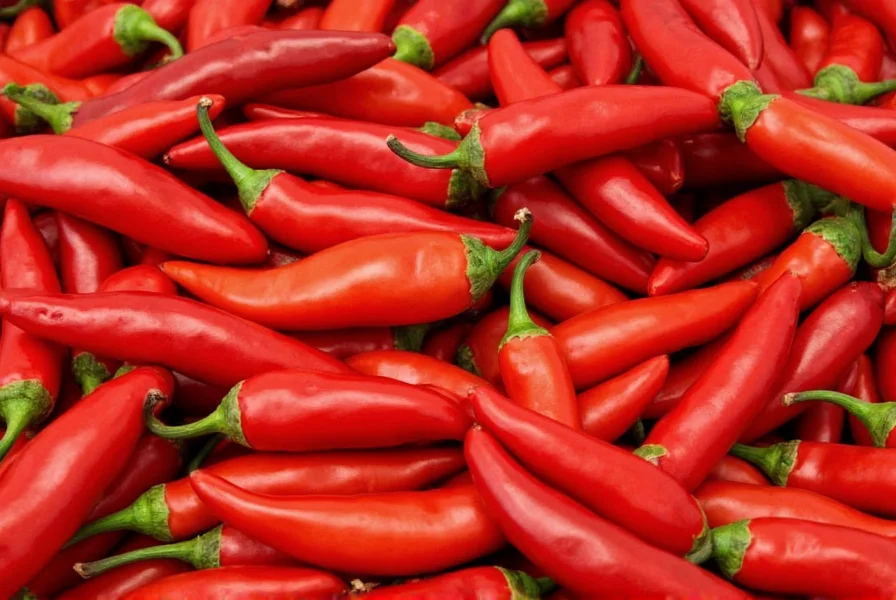
Health Benefits of Spicy Food
Beyond their bold taste, Mexican hot chili peppers come with surprising health benefits:
- Boosts Metabolism: Capsaicin can temporarily speed up calorie burn.
- Anti-Inflammatory Properties: May help reduce inflammation linked to chronic diseases.
- Pain Relief: Topical capsaicin creams are used to treat arthritis and muscle pain.
- Heart Health: Studies suggest capsaicin may improve blood circulation and lower cholesterol levels.
- Appetite Control: Spicy foods can increase satiety and reduce overall calorie intake.
- Natural Antioxidants: Many chilies are rich in vitamins A and C, supporting immune function.
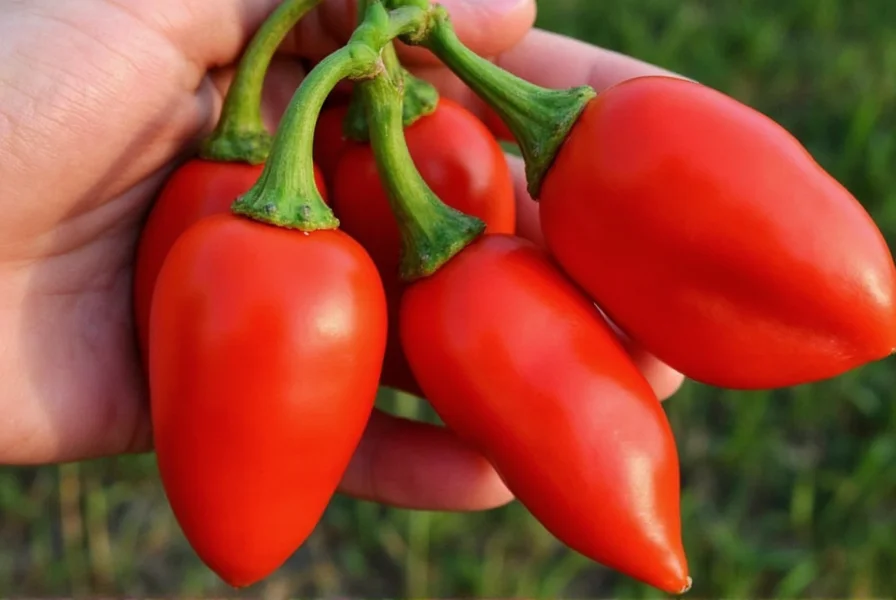
Conclusion: Spice Up Your Life with Mexican Heat
Mexican hot chili peppers aren't just ingredients — they're experiences. Whether you're simmering a rich mole or tossing sliced serranos into a fresh salsa, each variety adds something special to your dish.
From the smoky ancho to the fire-breathing habanero, there's a whole world of flavor waiting to be explored. With this guide, you're now equipped to handle, choose, and cook with confidence — so go ahead and turn up the heat in your kitchen!
Now that you've unlocked the secrets behind Mexican hot chili peppers, it’s time to get cooking. ¡Que te aproveche!

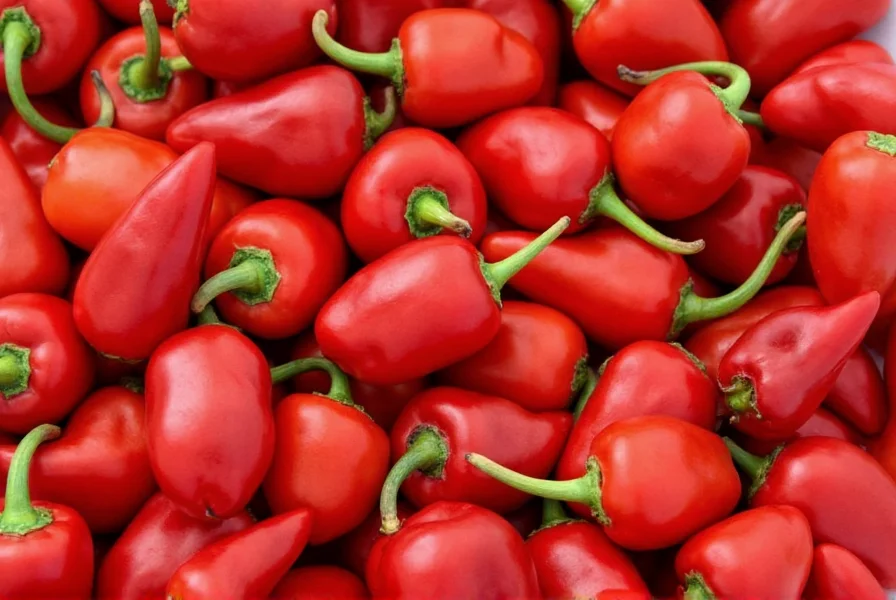









 浙公网安备
33010002000092号
浙公网安备
33010002000092号 浙B2-20120091-4
浙B2-20120091-4